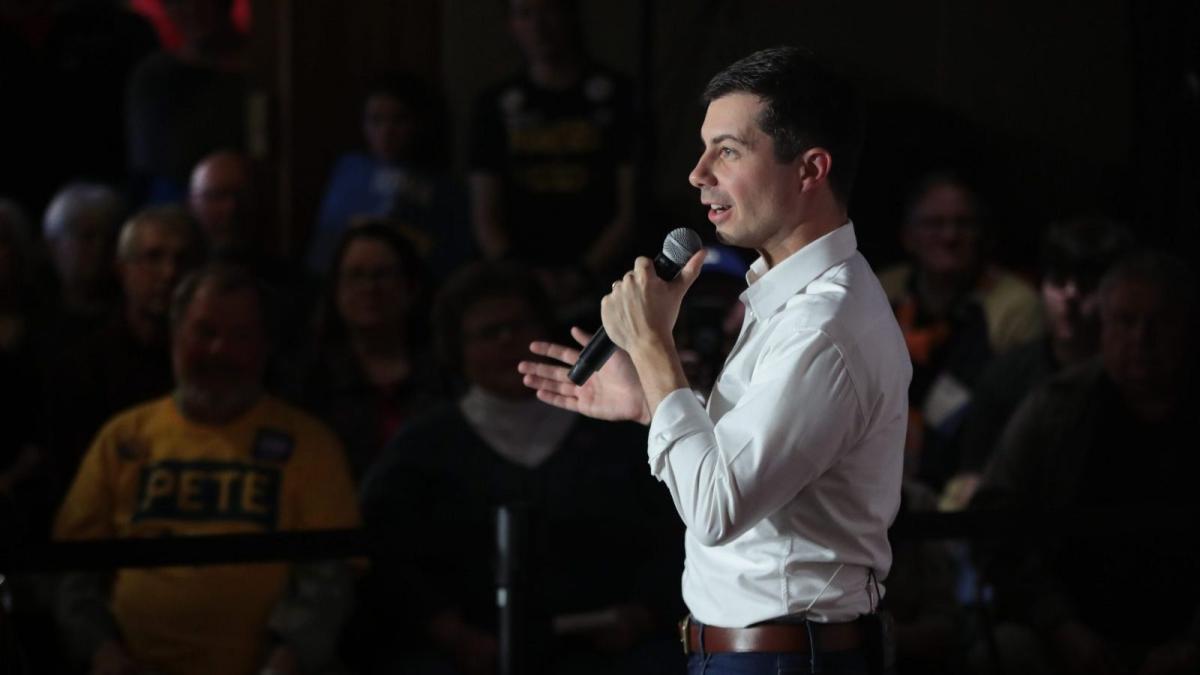This story was originally published by CityLab and is reproduced here as part of the Climate Desk collaboration.
Over the span of 18 months, in August 2016 and February 2018, South Bend, Indiana, was struck by a pair of historic floods — the kind of low-probability catastrophes that have become terrifyingly common in a warming world. The small Midwestern city is still dealing with the consequences.
For its mayor, Democratic presidential candidate Pete Buttigieg, those floods serve as a tangible reminder of the environmental challenge the world faces, and the inspiration for the climate plan he released in September.
Buttigieg’s scheme isn’t the most ambitious: Compared to Vermont Senator Bernie Sanders’ $16.3 trillion estimate, Buttigieg wants to spend closer to $2 trillion, and sets a longer timeline for pollution reduction. But the 37-year-old candidate’s approach to the crisis reflects both his creeping centrism and his youth: It’s a mix of the urgent and the politically practical. Emphasizing the rural and non-coastal interests that are often dismissed in issues of environmental adaptation, Buttigieg wants to set up and fund regional resilience hubs, pus... Read more
